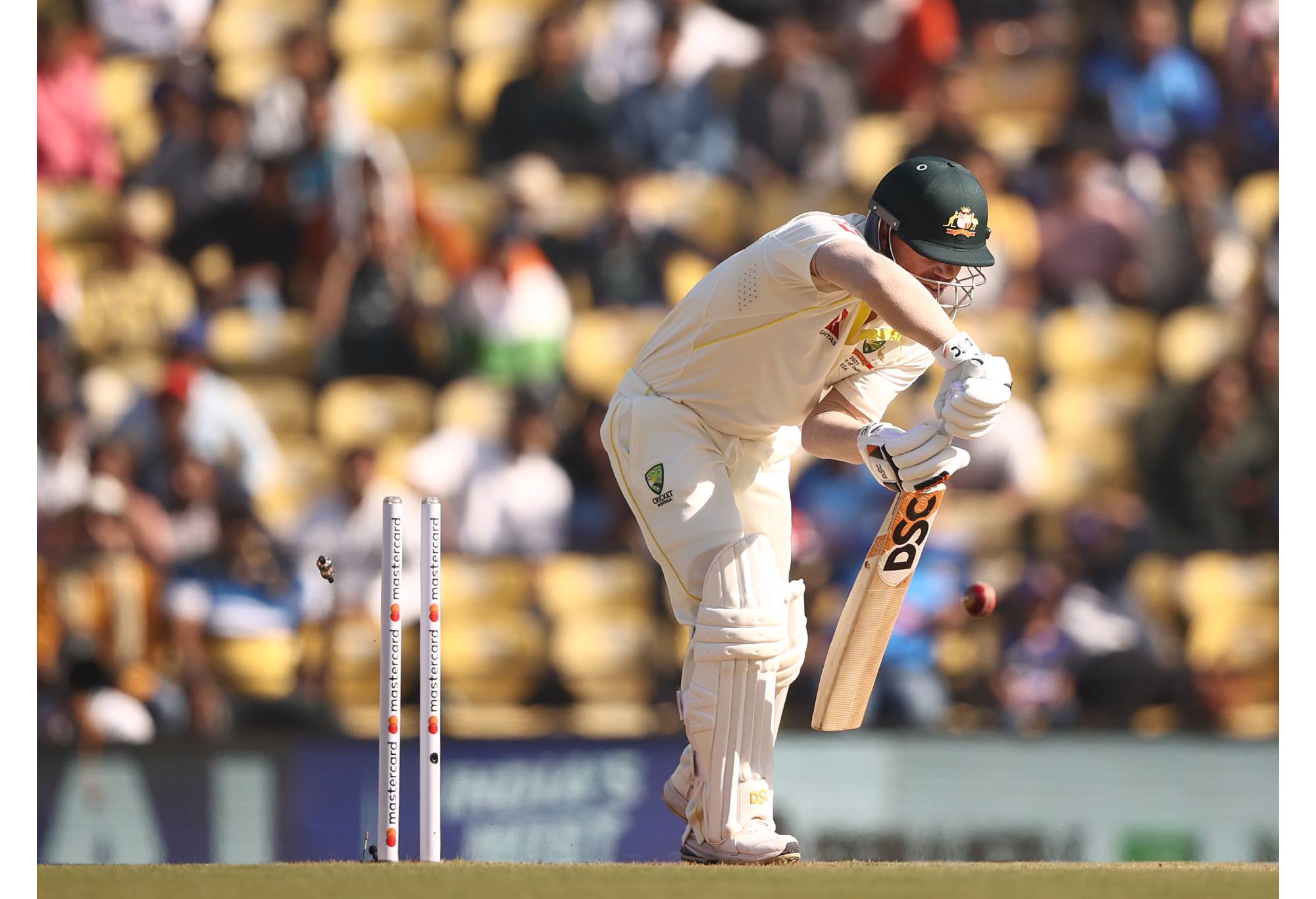Calamitous miss as Lucknow botch near certain run out with the game on the line
With Rajasthan needing 25 off 17, both batsmen ended up at the same end but the bowler dropped the throw from his teammate -…
Those with more than a passing interest in the game of cricket will have some idea of the different conditions that exist around the globe.
From the high, bouncy pitches in Australia and South Africa, to the seaming conditions in blustery England and the dustbowls of the sub-continent, cricketers accept that playing in different conditions is a part of the sport.
The Australians, in the recent Test match against India in Nagpur, were confronted with a pitch that Steve Smith stated contained a “section there that’s quite dry”, specifically referring to areas outside the off stump for left handed batsmen, rough areas ideal for spinners Ravindra Jadeja and Ravichandran Ashwin. Australia, it should be noted had six left handed batsmen in their top order.

Ravichandran Ashwin (Photo by Peter Mundy/Speed Media/Icon Sportswire via Getty Images)
Cricket writer Robert Craddock was less diplomatic calling it “straight-up pitch doctoring”. Former Australian Test batsman Simon O’Donnell called for the ICC to step in. Amid the howls of discontent from Australian media, the Aussies were rolled for 177 and 91 in response to India’s total of 400.
The ICC does not have specific rules for pitch doctoring. There is nothing in the official rules that prevents any host nation from preparing pitches to suit their own players and directly disadvantage visiting teams. The ICC does however rate surfaces, specifically the pitch and outfield, after a match has been played to “assist in future pitch and outfield preparations”.
So far, only a handful of matches have been called off due to an unsafe surface, including the infamous 1998 Sabina Park mess, in which a (literally) bruised England limped to 3/17 against the pace of the Windies before the umpires called the game off due to an unpredictably dangerous pitch. So, it would seem that the chief concern is safety, not fairness.
Of course, the recent situation in India is a little different and for two main reasons. The first is that different parts of the pitch were targeted differently for very specific reasons, to impede one type of player rather than all players out in the middle. The second is that players doctoring the ball to advantage is arguably different to the curators trying to achieve the same thing with the pitch.
The players, by rubbing the ball against their trousers to achieve swing, are doing it publicly, in view of the opposition and as a part of the game. Both sides have the same opportunity to do so. The players face sanctions for tampering with the ball illegally, the curators are largely faceless identities that face no such retribution for doctoring a pitch.
Of course, the Australians are no strangers to the idea of changing conditions to their own advantage.
Doctoring, or ball tampering, is essentially the art of changing the way the ball, once released from the hand of the bowler, travels through the air towards the batsman. Cricket is a game of millimetres; the barest of feather edges off the bat caught by a wicketkeeper results in a dismissal. So it makes perfect sense that players and teams will take every (usually legal) opportunity to create as many issues for the batter as possible.
“Same pitch,” Indian captain Rohit Sharma (a right handed batsman) replied after the match. “It’s beyond my understanding why there is so much talk about the pitch. It’s sad to see there is not enough talk about skills, of the bowler, of the batter.”
And to be fair, he has a good point. Australia bizarrely selected David Warner who, if not for his 200 at the MCG against South Africa, wouldn’t have been selected for the match in the first place, given his woeful Indian average of 24.25 in 14 innings.

David Warner is bowled by Mohammed Shami. (Photo by Robert Cianflone/Getty Images)
India’s two left handed batsmen, Ravindra Jadeja and Axar Patel, made 70 and 84 between them. No, the reason India thumped Australia wasn’t that India has a predominance of right handed batsmen vs Australia’s lefties, it was because they simply played better cricket.
Is pitch doctoring cheating? According to the ICC, the answer is no and there is no evidence to suggest that it played a definitive role in India’s win over Australia. Call it a home ground advantage. In the spirit of the game? Arguable. A great look for the sport? Probably not.